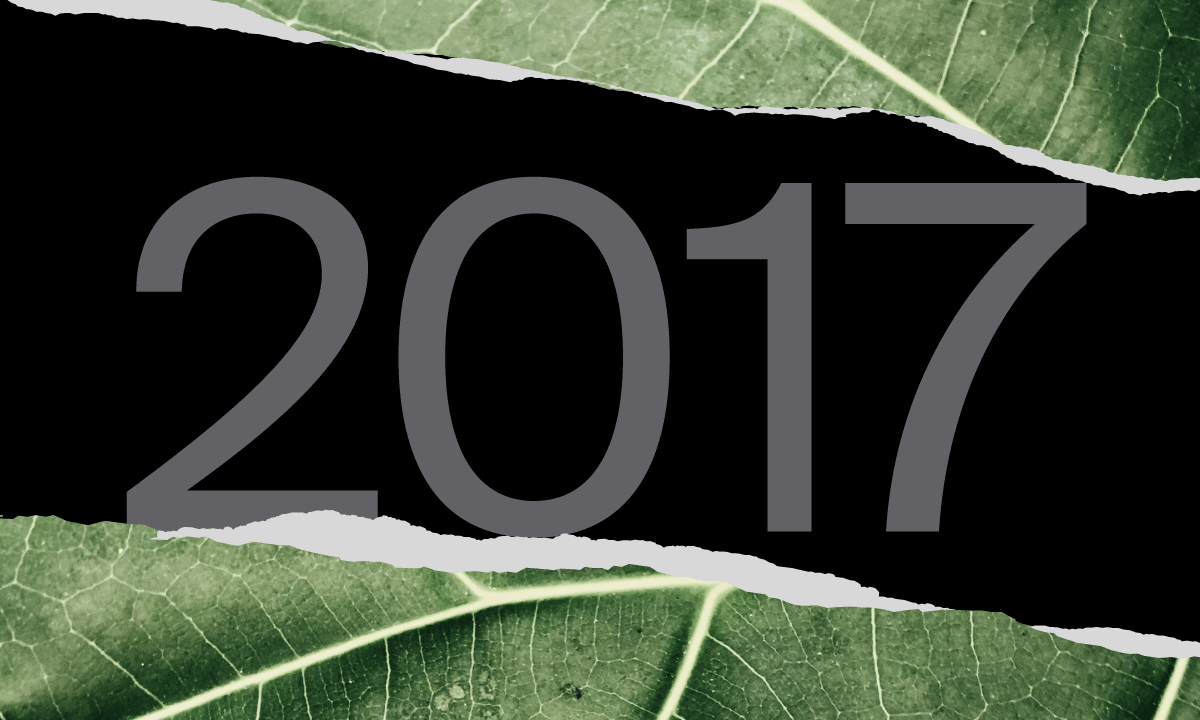“We’re in the right business”. Marco Chimenz insisted on repeating this sentence more the once to the audience of insiders who today were at the meeting room in Via Alibert (Rome) during his warmly welcomed speech at the “Where does Italian cinema go?” convention, organised by Anica.
With his long experience abroad (as international sales manager of TV movies for Mediaset and EVP for Medusa Film in Los Angeles),Cattleya’s CEO and President of the European Producers Club (including about one hundred major independent European film and TV producers) has highlighted the huge opportunity the current digital revolution is offering all the audiovisual market players. Many people are investing in the visual storytelling business, from AT&T that bought Time Warner not to end up like a “dumb tube” (like someone who doesn’t know what’s going on in their cables) to companies that had never undertaken that until recently, such as Amazon, Apple and Netflix. The latter has activated its streaming service in 2008 and its recent film productions have competed during the latest edition of the Cannes Film Festival.
We must be able to respond to the changes taking place, involving the competition of new players and the opportunity of a new increasingly diversified enjoyment (cinema, TV and mobile devices such as tablet, laptop and smartphone). We also must be aware that the necessity of content will increase exponentially in the coming years. Many serious sectoral studies predict that exabytes (the unit for digital information indicating multiplication by the sixth power of 1000) will triple in 15 years thanks to the spread of broadband. On the one hand, there’s the OTT model, companies providing wireless video content and services through the Internet; on the other hand, traditional media strengthening and developing their presence on the web to offer consumers a kind of all-you-can-see formula in order that the viewer can see what he wants, how he wants and when he wants.
It’s hard to say how much and how all this will affect the audience’s taste, but Chimenz thinks that the Italian audiovisual industry must know how to reinvent itself without resting on its past laurels. He told a story about tennis player Roger Federer to motivate the audience: he projected two clipsfrom two different matches with his main rival Rafael Nadal. Chimenz reminded of the serious meniscus injury of the Swiss champion that forced him to stop doing sports for six months and to clear his scheduled plans. Nevertheless, Federer didn’t lose heart. Although he had already won many prizes in his career, he took advantage of this forced break to modernize his technique which was lagging behind the more powerful and aggressive one Nadal had. When he went back in the field, he floored everyone by showing up using a racquet with a larger head size and by being one step ahead of his rival next to the baseline: he started winning again in the great matches. Everything we knew about him was the essay by David Foster Wallace (Roger Federer as Religious Experience): the great American writer analyzed the 2006 Wimbledon final against the Spanish player and he explained how “to see, close up, power and aggression made vulnerable to beauty is to feel inspired and […] reconciled”, because art and religion have much in common, starting from vocation; but now we will link Federer to even the most promising future of Italian cinema.

